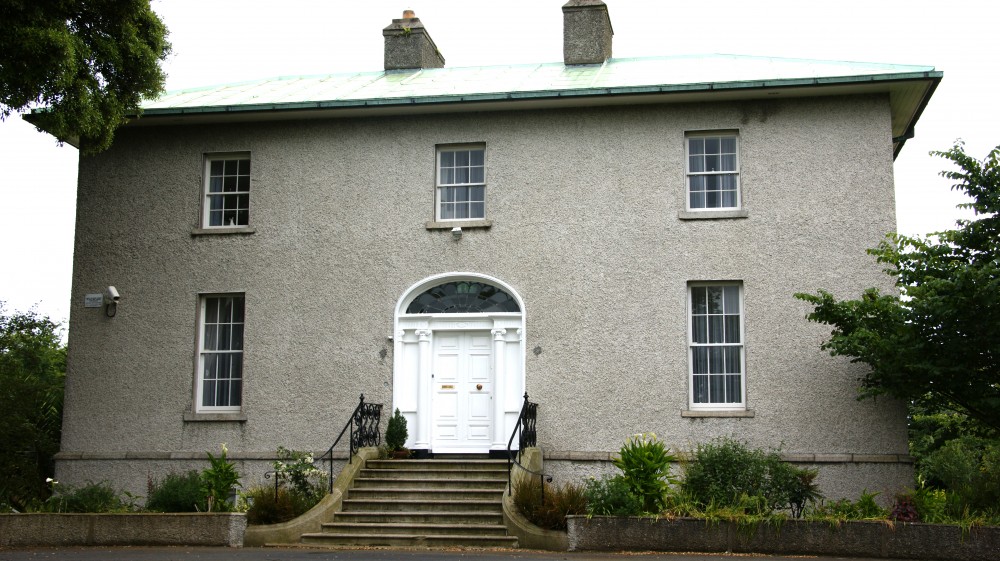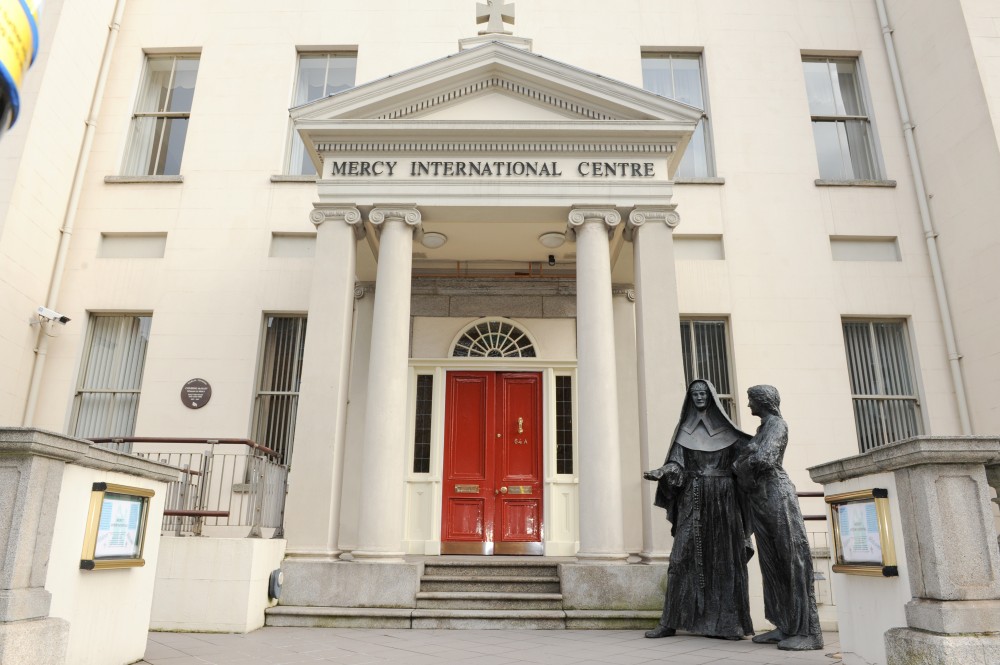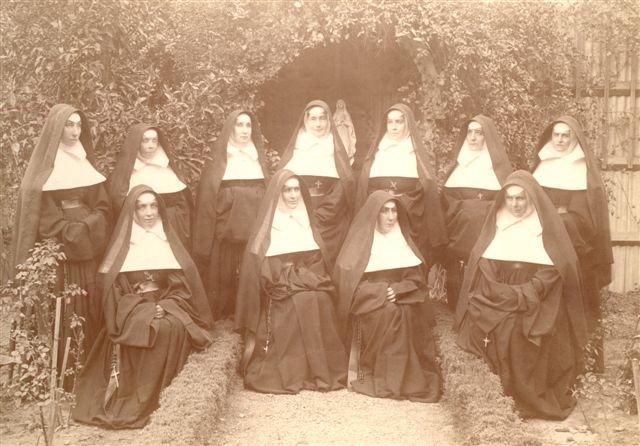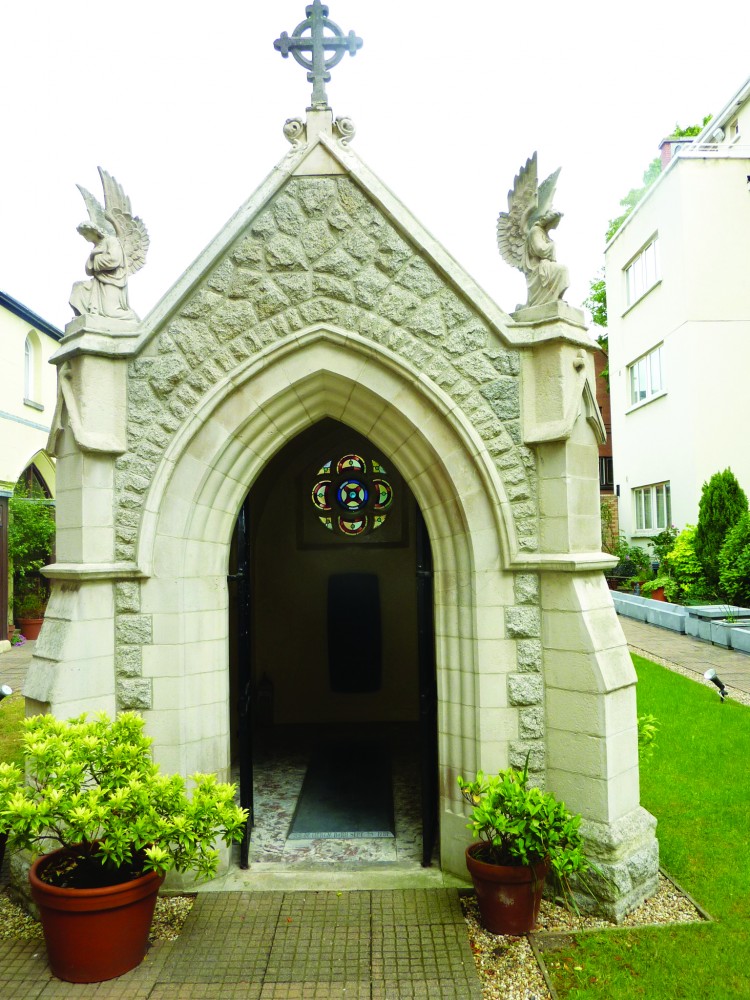Our Foundress – Catherine McAuley
Sisters of Mercy all around the world draw inspiration from Catherine McAuley, who founded the Sisters of Mercy in Ireland in 1831. Catherine’s words – “It began with 2, Sister Doyle and I” – speak of the humble beginning to what has now become an international association of Sisters of Mercy.
Catherine recognised the needs of those who were marginalised and oppressed by unjust social attitudes and practices of the day. She responded by establishing a House of Mercy in Dublin which provided educational, religious and social services for women and children who were at risk of homelessness through exploitation and entrenched poverty.

Coolock House
Catherine McAuley was born in Dublin on September 29, 1778 and had two siblings, James William and Mary. Her father James died in 1783, and her mother Elinor, in 1798. In 1803 she became the household manager and companion of an elderly, childless, and wealthy Quaker couple, William and Catherine Callaghan who lived at Coolock House. She did not dream that when William Callaghan died in 1822, Catherine Callaghan having died in 1819, she would become the sole residuary legatee of their estate and much of their savings.
In 1824, her inheritance now settled, Catherine implemented a longstanding desire: she built a large house on Baggot Street, Dublin as a school for poor girls and a shelter for homeless servant girls and women.
The House of Mercy
On September 24, 1827, the House of Mercy was opened on Baggot Street in Dublin. Anna Maria Doyle and Catherine Byrne, Catherine McAuley’s first co-workers, moved into the House, while Catherine herself divided her time between Coolock House, her brother-in-law’s home, and Baggot Street.

House of Mercy, Baggot Street, Dublin
As the number of lay co-workers at Baggot Street increased, so did severe lay and clerical criticism of the House: Why did these women look like a religious order, yet not abide by the normal regulations of religious orders? Who was this “upstart” Miss McAuley? Why was the “unlearned sex” doing the work of the clergy?
By 1830, it became necessary for Catherine’s work to be formalised as a religious order. To this end, Catherine, Anna Maria Doyle, and Elizabeth Harley entered the Presentation Convent in Dublin to begin their formal preparation to become religious sisters.
On 12 December, 1831, Catherine McAuley, with two companions, made religious profession in the Presentation Convent of Georges Hill, Dublin where they had spent the previous year of the novitiate. On that day Archbishop Daniel Murray formally blessed the first Convent of Mercy at the House of Mercy in Baggot Street and Catherine was installed as mother superior of the Sisters of Mercy. A month later the Archbishop received seven of Catherine’s helpers as the first Mercy novices. These young women had worked with her from the beginning.
Catherine’s concept of a Religious Institute included an availability for ministry not typical of religious orders at that time. Feeling themselves called to serve Christ as the needs of His poor demanded and encouraged by the Archbishop, Catherine and her companions took as their special works the instruction of poor girls, visitation of the sick and the protection of distressed women of good character. They became known as the ‘walking nuns’. These sisters, who were without the usual strict enclosure and whose convents quickly became part of many dioceses, inspired local girls to see and meet local needs, and the new Institute began to spread rapidly.
The First Decade

Founding Mothers
The rapid expansion of the Sisters of Mercy in the first decade of the new Institute flowed from Catherine McAuley’s ever generous response to human need.
As well as in Dublin, Catherine founded seven additional autonomous Convents of Mercy around Ireland and two in England as well as two branch houses of the Dublin community. She travelled with the founding sisters by stage coach, canal boat, steam packet and railway, humorously enduring the fatigue and inconvenience such travel entailed She would remain with each Community for at least a month, anxious to “begin well,” so the poor could be immediately served. She said, “God knows I would rather be cold and hungry than that the poor in Kingstown or elsewhere should be deprived of any consolation in our power to afford.”
Back in Dublin there were many trials – her niece Catherine died of consumption in August 1837; there was a two-year controversy over appointment of a chaplain to serve the House of Mercy; a lawsuit was unfairly settled against her for the cost of building a poor school in Kingstown and her nephews Robert and James died in 1840 and 1841 respectively. In the midst of these sufferings and others, which she chose to embrace as the “Cross of Christ,” she wrote hundreds of affectionate, even humorous, letters to the sisters in the new foundations and submitted to officials in Rome her proposed Rule and Constitutions of the Sisters of Mercy. By May 1841 Catherine, now almost sixty-three, was worn out by her many labours for “Christ’s dear poor” and “tormented” by a persistent cough.
Her Final Months

Catherine’s Grave
Catherine’s energies in the summer of 1841 were occupied with retreat instructions for postulants and novices, preparations for reception and profession ceremonies and plans for the departure of the sisters to a new foundation in Birmingham, England on August 20. In Birmingham, she was tired and confined to one room and her cough worsened.
Back at Baggot Street by September 21 she saw a physician who declared her right lung “diseased.” Making light of his verdict, she nonetheless delegated some of her responsibilities to her assistant, though she herself continued to write loving letters to many sisters, scarcely mentioning her illness. At the end of October she became bed-ridden, and was anointed on November 8. As she lay dying on November 11, fully aware of the fatigue and sorrow of those around her bed, she made one last request: she asked a sister to tell the community to “get a good cup of tea when I am gone and to comfort one another”. She died that evening at ten minutes to eight and was buried the following Monday in the newly created cemetery at Baggot Street.
At the time of her death there were 100 Sisters of Mercy in ten foundations. Shortly thereafter, small groups of sisters left Ireland to establish new foundations on the east and west coasts of the United States, in Newfoundland, Australia, New Zealand, and Argentina.
Total worldwide vowed membership is about 7,000. The Mercy International Centre in Dublin, Ireland, is the international “home” of the Sisters of Mercy worldwide.
In 1978, the cause for the beatification of the Servant of God Catherine McAuley was opened by Pope Paul VI. Catherine McAuley was declared Venerable by Pope John Paul II, on April 9th, 1990.
